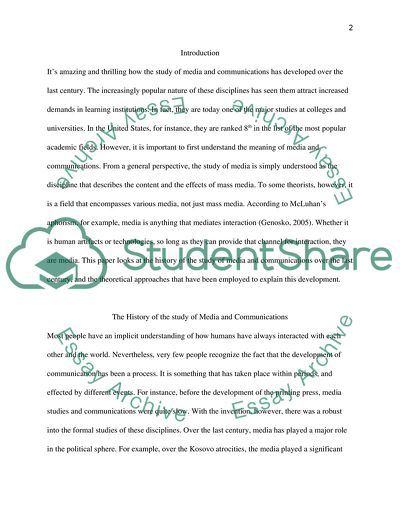Cite this document
(“How has the study of media and communications developed over the last Essay - 1”, n.d.)
How has the study of media and communications developed over the last Essay - 1. Retrieved from https://studentshare.org/journalism-communication/1668260-how-has-the-study-of-media-and-communications-developed-over-the-last-century
How has the study of media and communications developed over the last Essay - 1. Retrieved from https://studentshare.org/journalism-communication/1668260-how-has-the-study-of-media-and-communications-developed-over-the-last-century
(How Has the Study of Media and Communications Developed over the Last Essay - 1)
How Has the Study of Media and Communications Developed over the Last Essay - 1. https://studentshare.org/journalism-communication/1668260-how-has-the-study-of-media-and-communications-developed-over-the-last-century.
How Has the Study of Media and Communications Developed over the Last Essay - 1. https://studentshare.org/journalism-communication/1668260-how-has-the-study-of-media-and-communications-developed-over-the-last-century.
“How Has the Study of Media and Communications Developed over the Last Essay - 1”, n.d. https://studentshare.org/journalism-communication/1668260-how-has-the-study-of-media-and-communications-developed-over-the-last-century.


